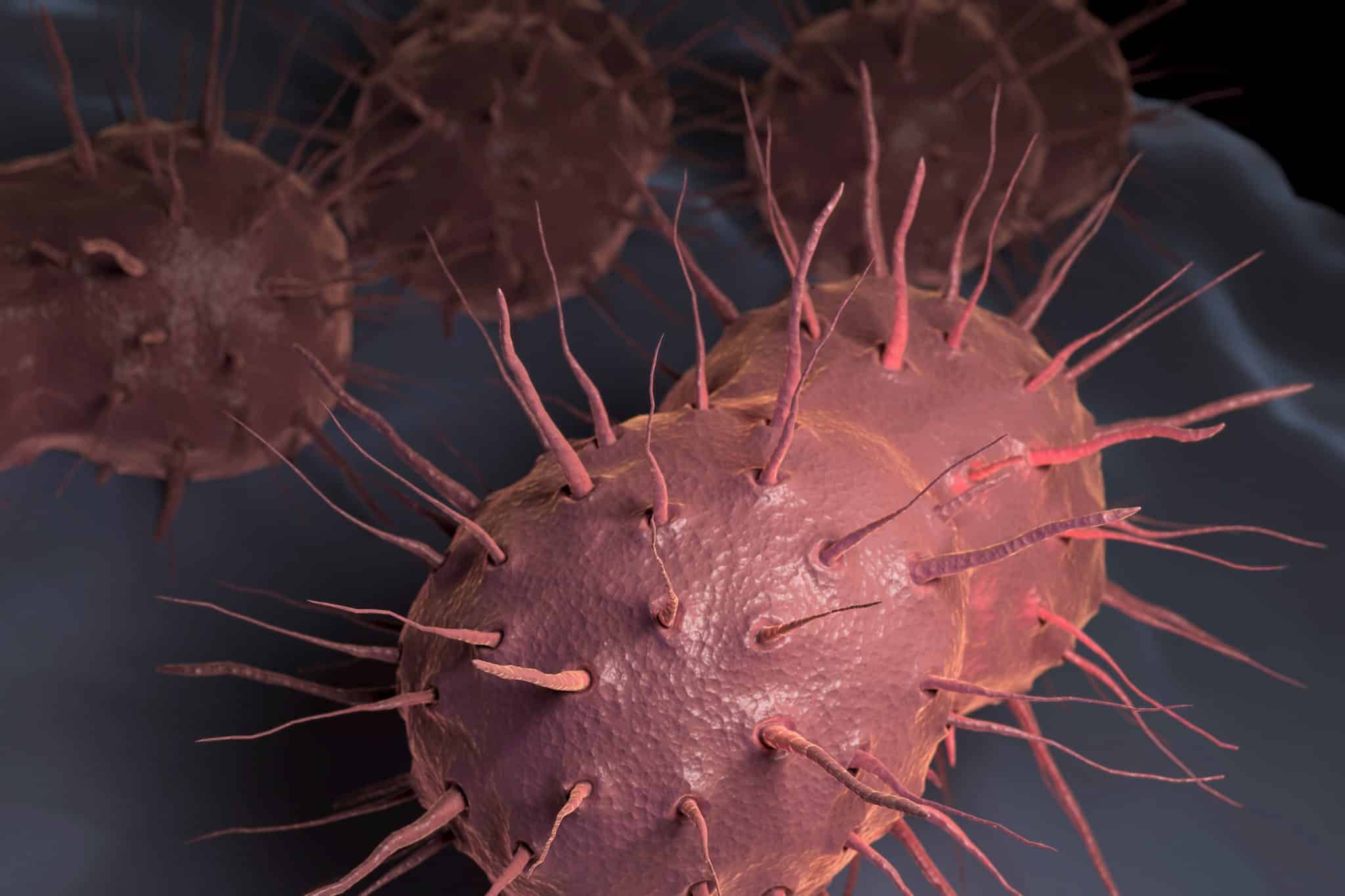Scientists Uncover Gonorrhea Superbug’s Mechanism
Neisseria gonorrhoeae causes the sexually transmitted disease gonorrhoea in more than 100 million people worldwide every year. It replicates in the reproductive tract by evading innate and adaptive immunity.
The bacteria is dependent on its outer membrane porin, PorB, which is essential for ion and nutrient uptake- for promoting infections inside of the host. However, the mechanism through which PorB traffics from the outer membrane of N. gonorrhoeae to mitochondria and whether it modulates innate immune cells, such as macrophages, remains unclear.
Now, a team of Monash University researchers led by Dr. Thomas Naderer and Dr. Pankaj Deo documented how the tiny gonorrhea bacteria creates membrane vesicles, which are even smaller agents that interact with immune cells. Using cutting-edge super-resolution microscopy, which is able to see, and film, the most minute of events – the researchers found that these membrane vesicles interacted with the cells in the human immune system called macrophages, triggering these to die in an orchestrated suicide process.
Macrophages are the cells within the immune system that ordinarily kill foreign invaders like bacteria and viruses, so without them the gonorrhoea bacteria can flourish.
Dr Naderer said that this new understanding of
how the gonorrhoea bacteria interact and cause the death of immune system cells “may lead to strategies to combat gonorrhoea infection and its symptoms.”





























